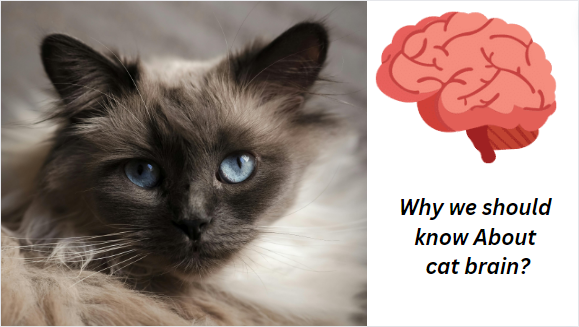How often you should feed your Cat?
As cat owners, one of the most important aspects of caring for our feline friends is making sure they get the right nutrition. Along with finding the perfect food, knowing how often you should feed your cat is also key to their health and happiness. While cats are often associated with independence, their feeding routine should actually be really regimented to meet their dietary needs. So, how many times a day do you feed your cat?
Most veterinarians and animal nutritionists agree that most adult cats benefit from being fed twice a day. But this guideline isn’t set in stone as there are many variables that can influence the decision including the cat’s age, health status, activity level and dietary needs.
Age:
Kittens have much higher energy needs and smaller stomach capacities compared to adults. This means they need to eat little and often. You should aim to feed kittens aged 8-12 weeks four times a day, reducing to three times a day from 3-6 months, and then twice a day when they reach adulthood.
Health Status:
While the answer is under debate, the truth is that there isn't a one-size-fits-all response. Factors affecting frequency include health and age, as well as lifestyle and dietary constraints. Health status is a major consideration.
Cats with certain health conditions — diabetes, hyperthyroidism, etc. — may require a few more meals to stay on an even keel, whether it's to keep their blood sugar in check or to accommodate medications that have been prescribed. In those cases — and any other special-needs situation — professional guidance is a must, to map out a food-dispensing regimen that's right for your cat's needs.
Activity Level :
If you have an outdoor cat or one with a particularly active lifestyle, be aware that your cat may burn more calories and require a few meals to maintain those energy levels. Conversely, if it seems like your little thinker just lies around all day contemplating the great mysteries of the universe, you might want to cut back.
Certain types of food should be meted out in meals and others can just sit around for free-choice feeding. "Dry kibble, which is like cereal, doesn't spoil, so you can get away with it this way — although portion control is crucial to avoiding an overweight cat," says Dr. Kallfelz. "It's just like opening a big box of counted-out 100 calorie snack-packs in the morning.
Being carnivores, cats don't have a very strong thirst drive.
Even though they need to take in a relatively large amount of water to make their urine so dilute, if their food-source isn't a mousy, juicy meal, they're not going to gravitate toward a bowl of water throughout the day." Wet food, on the other hand, should be portioned out in meals, to prevent spoilage and maintain freshness.
Even though they need to take in a relatively large amount of water to make their urine so dilute, if their food-source isn't a mousy, juicy meal, they're not going to gravitate toward a bowl of water throughout the day." Wet food, on the other hand, should be portioned out in meals, to prevent spoilage and maintain freshness.
If you must leave your cat for the weekend, portion out the individual meals. Resist the urge to break them down into component elements, however. "I don't think your cat is going to finish the packet of food and then take the little cup and open it, measuring out exactly 1/3 of the next packet," says Dr. Krafick.
The point is moot since the food will certainly spoil before you return, and even more certainly before the following two meals-frame of time. If there's one strategy that ties all of this together, it's a limited number of meals — as in more than one, less than one constant meal. That usually averages out to two, although don't hold your cat to a time frame: i.e. a breakfast and a supper. It's really a matter of who fits into your lifestyle, although again: If your cat's being medicated, it helps to make meals as rhythmic as possible to accompany her getting regular doses of medication.
Creating a Schedule:
for your cat’s feeding routine is important. A consistent feeding time can help regulate their metabolism and can also be great for training for different behaviors. In addition to meals, fresh water should be left out all day if your cat is on a diet with dry kibble to help prevent dehydration.
It is important to monitor your individual cat and adjust their scheduling based on their body condition. If you notice a large weight gain or loss with your cat you should visit your veterinarian to ensure that they are still on the appropriate schedule for their diet. Every cat is unique and their schedules can be different.
In conclusion, while there is no “one size fits all” for how often you should feed your cat in a day, a general guideline of two meals is a good place to start for most adult cats. Age, health status, activity level, and dietary preferences should be considered when determining the perfect feeding schedule for your feline friend. By providing balanced nutrition and finding a schedule that works for you and your cat, you will ensure that they continue to live a happy, healthy life.









